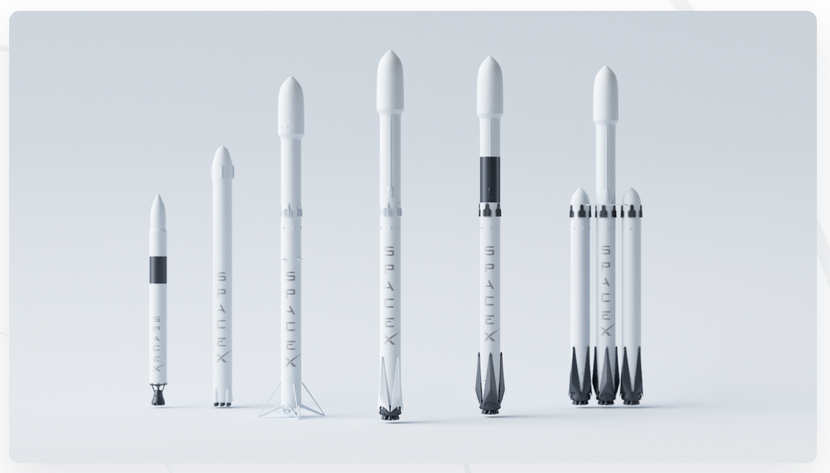How 3D Design Can Make Your Product Stand Out in 2023
As the saying goes: ‘You only have one chance to make a first impression.’ We live in a world where every successful brand is heavily investing in tech, in order to capture audiences’ attention and essentially to win the battle for customers.
So what can you do to cut through the noise and make yourself stand out? The answer may lie in 3D design, which has been growing across a number of sectors, most notably perhaps – ecommerce.
What Exactly is 3D design?
3D modeling is essentially the method used in computer graphics to produce a 3D digital representation of any object or surface.The designer uses software to manipulate points in virtual space to create a mesh: a collection of vertices that form an object.
3D visualization gives users a multi-faceted view of the designs featured in your product. This means that they are better able to engage with your offering. They’re able to rotate the model, and show it at a convenient angle without losing quality, unlike a photo. All details are clearly visible both individually and as a whole. The main benefits to the end user are:
- A fascinating image that can be viewed from different angles
- The ability to control the camera and change the scene
- Animation and the effect of full presence in a projected stage
- No limit to the resolution and scaling of the visualization
An example from 10Clouds: 3D SpaceX rockets.
We wanted to share with you one of the examples of 3D design in a digital product created by 10Clouds. The app called “Falcon Tracker” that showcases SpaceX rocket launches and has a simple, user-friendly interface.
The aim was to create 3D rockets in an interactive way, so that users could see exactly what each element, such as Fairings or Payload, was responsible for. We portrayed all of the SpaceX rockets using one visual style, which simplified the user interface and made it easier to understand.
The same rockets were then applied to the augmented reality features, which enabled users to quite literally launch a rocket from the desks if they wished to.
For more information on this project, check out our Behance page.

The Main Benefits Of Using 3D Elements In Your Digital Product:
1. Enhancing ecommerce sales
Vogue Business recently reported that 3D design is becoming a crucial lever for the fashion industry: “It allows brands to design items quickly and remotely; once created, 3D assets — which are three-dimensional, photorealistic digital models of products — can be used in myriad situations, from creating marketing materials and virtual showrooms to customer-facing e-commerce pages and augmented reality experiences.”
But this is not only the case for fashion – many large scale ecommerce providers are seeing increased purchasing after the implementation of 3D imaging on their product pages. The largest upswing has been in clothing and furniture sales modelled in 3D.
2. Brand Recognition Through Motion
Motion graphic design takes 3D to the next level, using graphic design principles in a filmmaking or video production context. If you’ve seen the station identification logos used on certain television channels, or the graphics used in the opening sequences in film and TV, you’ll know what I mean.
Motion graphic design is often used in the film industry, but it’s slowly making its way into a whole range of different sectors. With global technology firm Cisco projecting that 82% of all web traffic will be video by 2022, marketers and advertisers are putting a lot of effort into creating 3D animations and video content.
If you’re a start-up looking to make a great first impression, or if you’re launching a new product, 3D motion graphics may well give your product that much needed edge when it comes to audience engagement.
3. Maximum Returns Through Minimized Production Costs
If you’re a brand managing various products and consumer needs, you might consider working with product configurators, which minimizes production costs while at the same time driving higher customer satisfaction.
The makeup brand Guerlain recently released a campaign promoting their iconic lipsticks and used a 3D product configurator to enable customers to personalize their products according to color and case. After the introduction of this 3D element, the page saw a 200% increase in conversion rate. Other companies have reported similar sales increases using this model.
It’s important to remember that in the past every object had to be created in a classical animation or stop-motion format which took a lot of time, and was therefore very costly.
Now, with ongoing technological advancements, objects can be created dynamically in a virtual studio – the process is infinitely cheaper and more efficient. Designers can upload whole sequences into the Cloud and render them in a matter of minutes.
So What Can You Take Away From This?
If you’re looking to stand out from the crowd with your new digital product, 3D design might be exactly what you need to succeed. Likewise, if there’s an element of your existing users’ purchase journey that isn’t performing as well as it should, you might consider testing the use of 3D elements on a specific section to see the results of the conversion.
There are many different product options available, so this is likely not to cost you much – and might well give you the sales boost that you’re looking for.
